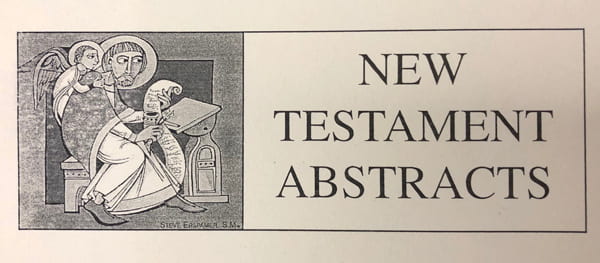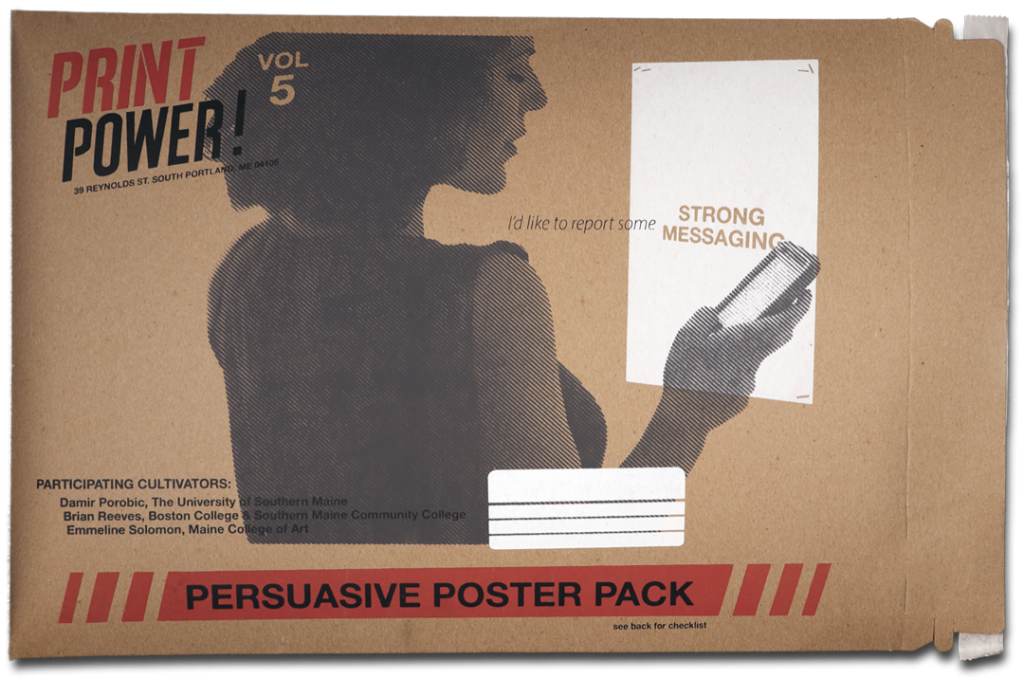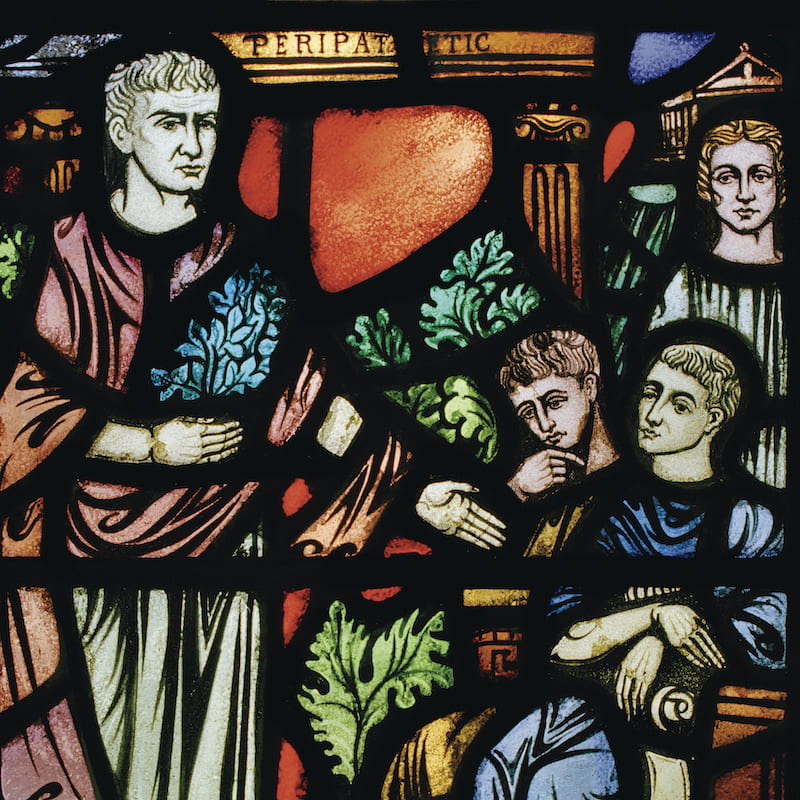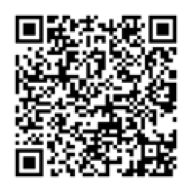If you have recently walked around the 5th floor of O’Neill Library you may have noticed a drastic change: where closed doors used to hide a large disused data storage room, there now exists a remodeled space intended to accommodate students.

The space, originally the server room for university computing, featured a Halon system designed to suppress the spread of fire without compromising computer data. In 2006 the servers were moved to St. Clement’s. The space was empty for a long time because the expense of uninstalling the suppression system prevented it from being repurposed without a definite goal in mind.
Not that the space went unnoticed. Space Planning, a department of the university in charge of managing space-related projects, was aware of the room’s potential in light of its focus on student formation on campus. Space Planning began looking at several areas around campus in an effort to meet the need for more student spaces, with thoughts around available spaces on Newton campus as well as on Hammond Pond Parkway. Out of a range of different possible futures for the abandoned server room (such as ITS’s aims to consolidate its services there), the library’s plan to transform it into student space eventually received funding.
From this summer into the beginning of the current semester, you may have noticed noise and work crews in O’Neill as Capital Projects worked with outside vendors to remove the system and make the space habitable.

As of mid-October, the room is ready for use. Temporary rental furniture provides a basic level of accommodation appropriate to the first phase of the project as library staff investigates how students use the space. Once usage and purposes are clear, phase two will bring furnishings and a layout that accommodate observed needs.
Two signs advertising the newly designed space also invite suggestions from students, in keeping with O’Neill’s dedication to creating flexible user space adapted to library users’ needs. (You can submit comments via this form.) Feedback about noise, for instance, has already led to the installation of white-noise generators. Library staff needs to understand the priorities of library users.
With growing pedagogical use of group-oriented projects, areas adapted to collaborative work have been subject to high demand. At the same time, students still need spaces for quiet solo work, and as the popularity of programs like Brain Break and the therapy dogs demonstrate, students also need spaces where they can unwind and recharge.
Looking ahead, there are many possibilities for additional work to be done to the room. For the moment the space is a white-walled room with no outside view, so installing windows seems like a logical next step. If funded, such an undertaking would likely not see fruition until 2021.
Other ideas for the library include expanding and updating instructional spaces, as well as relocating more of the collection from the 5th floor to warehouse storage to make space available for studying.
Like other academic libraries, O’Neill has been a dynamic building, responding to changes in needs. The library’s space has undergone many changes. In years past, the government document collection was moved to warehouse storage to make way for study and gallery space on the first floor, the reserves collection was relocated to behind the circulation desk to make way for the Reading Room, the entry was added on the 1st floor, another added on the second, and the old media center was renovated to become the Digital Studio. As University Librarian Tom Wall makes clear through the initiatives and projects he endorses, O’Neill has been and will continue to be a place that adapts to the BC Community’s evolving needs. The remodeling of what was once a server room represents one moment in the larger trajectory of change that will continue to move us along.
For the time being, this means we have added additional study space for students. It also means we can collectively rejoice–gone are the weeks of construction noise, limited elevator access, and blue-taped corridors!
A slightly different version of this article is also being published in Keywords, the staff newsletter of BC Libraries.












